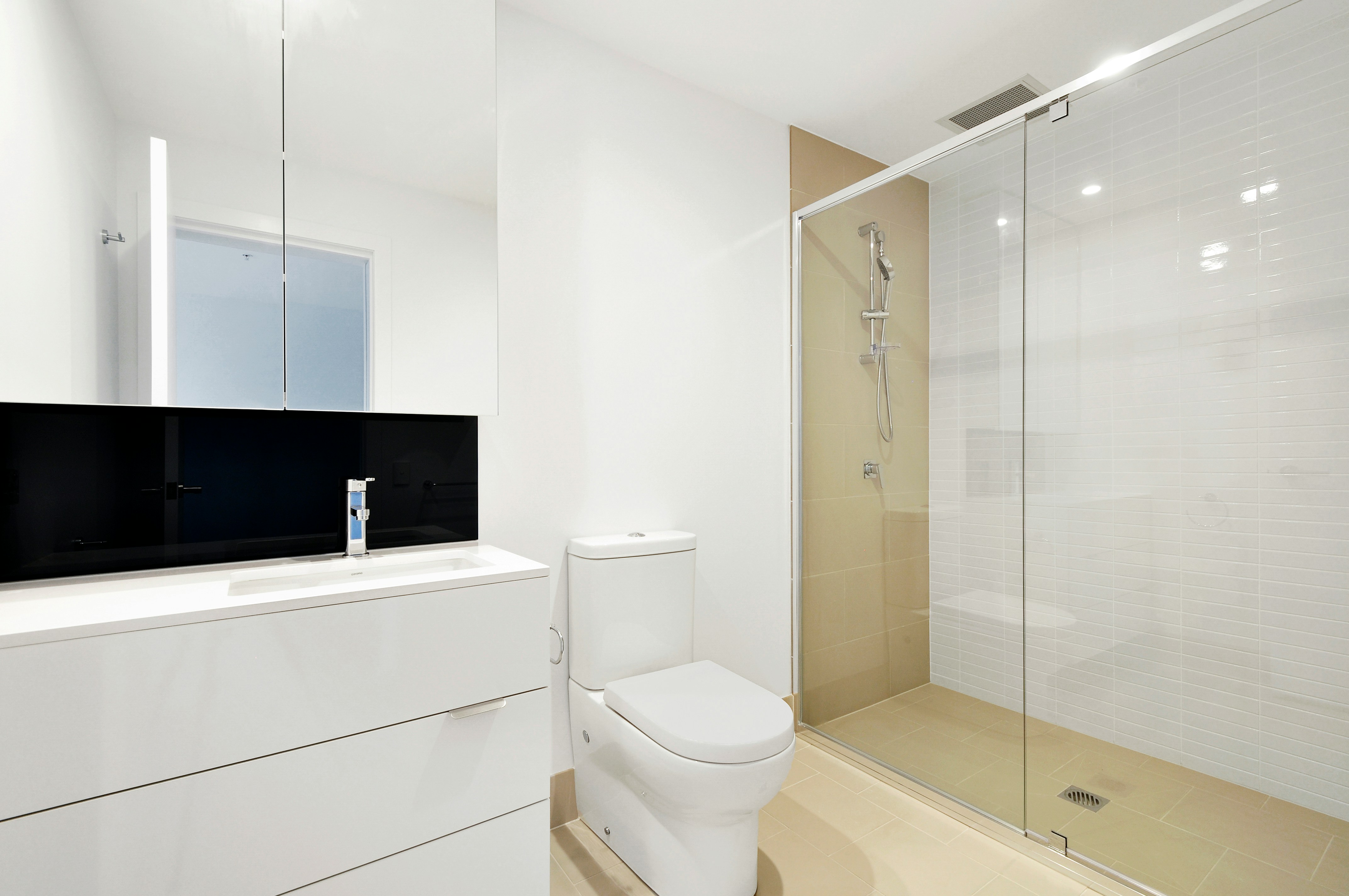How to Know When It’s Time to Retile Your Bathroom or Kitchen
Noticing cracked tiles, loose grout or water leaks? Here’s how to know when it’s time to retile your bathroom or kitchen—and when to call a tiler.

Tiles are built to last—but they’re not invincible. Whether it’s your bathroom or kitchen, the tiles underfoot and along the walls do more than just look good. They protect surfaces from water damage, mould, and wear. But how do you know when they’ve done their job and it’s time to retile?
Here’s what to watch for, what it means, and why it might be time to hire a professional tiler rather than patch things up.
1. Cracked or Loose Tiles
If your tiles are cracked or feel loose underfoot, it’s a clear sign something’s wrong. Small chips might not seem urgent, but they allow moisture to seep through. This can damage the underlayment and lead to more serious issues over time.
Often, loose tiles suggest poor adhesive application during installation or movement in the subfloor. Either way, simply replacing a tile or two won’t solve the root of the problem. A tiler can assess the full extent of the issue and advise if a complete retile is the best option.
2. Discoloured or Mouldy Grout
Grout naturally wears down over time. But if it’s constantly discoloured, flaking, or has signs of mould that won’t budge with proper cleaning, it may not be doing its job anymore.
In bathrooms especially, this often points to moisture getting past the grout lines—sometimes due to a failed waterproofing membrane. If the waterproofing has failed, regrouting won’t stop the leak. At that stage, it’s time to rip up the tiles and retile properly, ensuring a new waterproof layer is installed beneath.
3. Signs of Water Damage in Other Rooms
Waterproofing issues can start small, but the signs often show up in unexpected places—like bubbling paint, warped skirting boards or stains on the ceiling below a bathroom. If you notice any of these, it’s worth checking whether your tiled areas are the source.
Some tilers offer moisture readings or flood testing to confirm if water is escaping behind your tiles. If so, retiling with proper waterproofing is the only fix that will hold up long-term.

4. Drummy Tiles (They Sound Hollow When Tapped)
Tap your tiles with something solid, like a metal key or the end of a screwdriver. If it sounds hollow or ‘drummy’, the tile may not be properly adhered to the substrate. This makes the area more vulnerable to cracking and movement over time.
Drummy tiles are often the result of poor installation. Retiling ensures better adhesion and a longer-lasting finish—something a licensed tiler can guarantee.
5. Ageing Tiles That Don’t Match the Rest of the Home
A more aesthetic reason to retile, but still valid. If your tiles are dated, discoloured, or don’t match recent renovations in your home, it could be time to refresh the space. New tiles not only improve looks—they can also improve hygiene and functionality, especially if older tiles were slippery or hard to clean.
6. Building Movement or Structural Shifts
Australia’s weather extremes and soil conditions can cause subtle structural movement over time. This often leads to cracked grout, separated tiles, or misaligned edges.
If you notice cracks along the tile lines, door frames, or cornices, have a professional inspect the area. Retiling might be necessary if the movement has compromised your bathroom or kitchen’s waterproofing.
7. Repeated Grout Repairs That Don’t Last
If you’ve regrouted the same area more than once and cracks keep appearing, the issue might be below the surface. Tiles should flex slightly with minor shifts, but if the grout keeps failing, it’s often due to subfloor movement or poor installation practices.
In this case, retiling allows a professional to address the underlayment and set a stronger foundation, making future problems less likely.

Why Waterproofing Is So Important
Many homeowners assume grout and tile are enough to keep water out—but the real protection lies in the waterproofing membrane underneath. If that fails, water can seep into walls and floors, leading to mould, rot, or even termites.
It’s impossible to see waterproofing without removing tiles, but persistent leaks, mould, or signs of rot suggest it’s not doing its job. That’s when a full retile is often necessary—not just for aesthetics, but for the integrity of your home.
What About the Kitchen?
Kitchen tiles don’t face the same moisture as bathrooms, but they’re exposed to spills, heat, and daily wear. If your splashback tiles are lifting, cracked, or stained beyond saving, replacing them can dramatically freshen up the space.
Floor tiles that feel uneven, slippery, or are hard to clean are also worth considering for replacement—especially if you’ve already invested in upgrading other parts of the kitchen.
Retiling isn’t just about making a space look better—it’s about making it last. If you’re seeing the warning signs, it’s worth speaking with a qualified tiler who can assess whether it’s time for a partial fix or a full rework.
Need help finding someone qualified and reliable? Get quotes from trusted local tilers on ServiceSeeking.com.au and compare profiles, prices, and past reviews. It’s the simplest way to start fresh and avoid costly repairs down the track.
